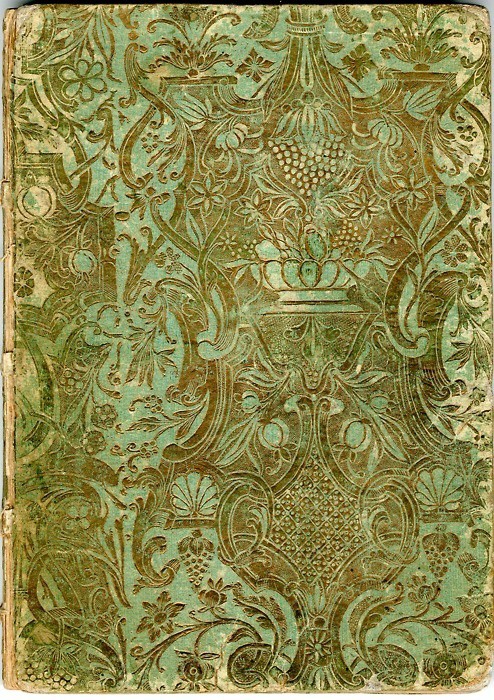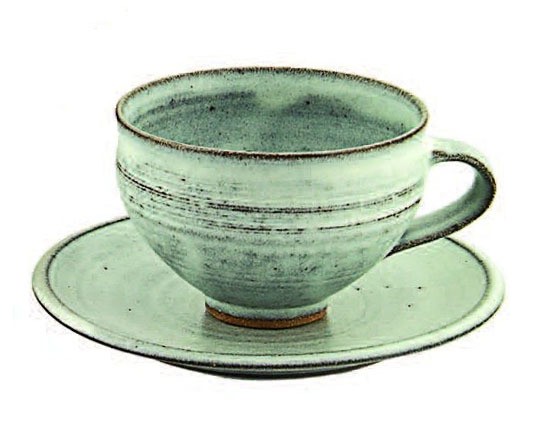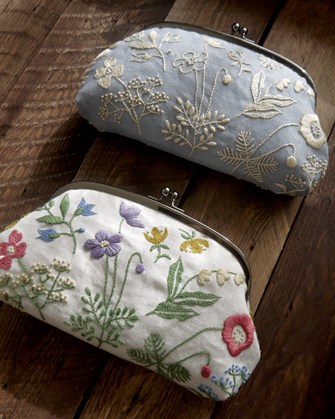Why do we need art in our lives?
A little while ago, my partner was talking to one of our acquaintances who had seen some of my work in a show. She was openly excited and enthusiastic: “I love Julie’s work, it’s fabulous, she’s so talented!” To which he replied, “So, did you buy any?”
The response was a little less enthusiastic, perhaps even a tad embarrassed. “Ummm… no” she said. And this was an exchange with a woman who should understand the deal here better than most – she is also a graduate with a Visual Arts degree, which she undertook while a single mother of two teenage boys.
In our society, where money is the common medium of exchange for shelter, food and clothing, money needs to change hands at some stage for the artist/craftsperson to remain a viable concern.
We all know there’s only so much work you can give away as presents (still a good thing, to be sure), or swap for other artworks (also a good thing). However, the bank will not accept a wall hanging as a mortgage payment, nor will the supermarket accept your fabulous handmade tote in exchange for groceries.
Artists cannot live on fresh air alone.
And yet, we all still want art to be there, for those idle moments when we want something ‘pretty’ to look at to take our minds off ‘reality’.
Is that all Art is though?
I grew up in a conservative family, in a conservative town, where ‘Art’ was this fluffy, expressive thing you did on the side of what you REALLY did. The real thing for a girl to aspire to was to work in an office, moving bits of paper about. Compared to trying to sell things that you’d made, things that you’d put your heart and soul into, it was lucrative.
And it still is. If I went back to work in an office, even as a lowly office clerk, I would be WAY better off financially than what I make from this blog and from my textiles and jewellery. As I continue to struggle making a creative life for myself, I am reminded at nearly every turn that beauty and the handmade is not valued nearly enough in my middle-class, western society. The language doesn’t help. When someone asks me “What do you do for work?” they are referring of course to regular employment, with a regular paycheck.
Art (and by ‘art’ I mean it in the broadest sense – ALL forms of well-considered, highly skilled creative endeavour; art/craft/design) is something that many of us already know should be valued more. There has been a resurgence of interest in handcrafts, and that’s a good start. But it’s not enough. (More on this later.)
However, there are many who would disagree with the idea that Art is valuable, even essential for general society. I remember several years ago when my local council decided to spend money on refurbishing the main street of the town, there were cries of “why don’t they spend the money on the schools/roads/services/etc?” Perhaps they have a point.
Except for just this. Beauty makes us feel happy. If we are happy, that’s worth having, surely?

copiale cipher – damask cover – via the History Blog
Beauty can take many forms. What beauty looks like is different for different people, and it’s not necessarily being ‘beautiful’ in the classic sense. Language still agrees on the principle of what it is though – it is the extraordinary, it is those things which uplift us, which make us stop and think. Good Art does this.
There is beauty in nature, absolutely. But Art comes from people, and that is beautiful too. In fact, that’s exactly it: Art is all about people – who and what we are; our human experiences come through everything we make. We need to shout it from the rooftops that creativity is good for the soul; for everyone’s souls.
A beautifully made object makes and strengthens our connections to each other.
This kind of beauty works both ways. For the maker, there is satisfaction in a job well done. For the user, there is the happiness in using a well-made object.
Megan Auman has a more general take on why it’s good to surround ourselves with beautiful and artful things. On her site stuffdoesmatter, she explains why we choose to surround ourselves with the things that we do. She says we keep them because they are important – they have value as objects of beauty, of containers of memory, of things that we connect to/with loved ones: objects that are chosen carefully are those that are truly meaningful.
She explains the urge to fill our lives with quantity is because our lives seem so ordinary to us, and we crave specialness.
“Our current problem is not a result of placing too much value on stuff, but too little. Because we don’t give our stuff the credit it deserves, we’re stuck in an endless cycle of consumption and waste.
Objects play an incredible role in shaping who we are as individuals and cultures. Stuff communicates meaning and identity. Stuff connects us to others, past and present, and to ourselves. Stuff provides aesthetic and sensory experiences.
Stuff has the power to nourish us physically, emotionally, spiritually, and mentally.
Not all stuff, of course. But the good stuff does all of this.”
Even a brief encounter with a great work of art can lift us.
An everyday encounter with a humble, well-made cup can do this too.
Seth Godin has a few words to say about Art. Firstly, he explains art like this.
“Art is what we’re doing when we do our best work.”
Please note those words, “best work“. Not everything you make is art. Art only comes through practice; it is a combination of hard-earned skill and vision.
I’ll say it again: not everything you make is art. If you learn to crochet, to knit, or turn wood, that in itself is NOT art. It is not, as I hear much too often, “a-MAZ-ing”; it’s a start, but it’s ordinary. {More ideas on skill here.}
Godin also gives us a warning – not every piece of art we make is a commercial prospect. Some art is simply to give, to share.
“When what you do is what you love, you’re able to invest more effort and care and time. That means you’re more likely to win, to gain share, to profit. On the other hand, poets don’t get paid. Even worse, poets that try to get paid end up writing jingles and failing and hating it at the same time.
Maybe you can’t make money doing what you love (at least what you love right now). But I bet you can figure out how to love what you do to make money (if you choose wisely).
Do your art. But don’t wreck your art if it doesn’t lend itself to paying the bills. That would be a tragedy.”
Godin’s words echo those of Aristotle.
“Where your talents and the needs of the world cross; there lies your vocation.”
And then perhaps we need to add another layer to this. Despite wishing things were simpler and less driven by money, the raw truth is that what we can sell is also dictated by fashion. Not only do we have to do our best work, and find a spot where our talents cross with the world’s needs, but we also have to consider trends. It’s getting more and more complicated, no?
YES, it’s complicated. But we still need it. We need artists to continue experimenting, to grow and learn and use that hard-won knowledge to produce their best work. We still need Art; so artists, get out there, GROW AND LEARN, AND DO YOUR BEST WORK.
But who’s going to pay for it? The rest of us?
I know it’s not always easy or practical to buy quality art/craft/design all the time. Most of us are not rich, and we have a family to feed. Nonetheless, most of us in Western middle class society have some discretionary income (whether we care to admit it to ourselves or not), and we need to think more thoroughly about where that money does actually go. Do you buy your lunch? Go see a movie? Buy a cheap shirt (or two), because it’s cheap, and you can always get another when you get bored with it?
You know, it’s all well and good to give artists pats on the back, to encourage them and say wonderful things about their work. Of course, please continue! Artists are human and need love too.
But it’s time to put our money where our mouths are. Artists need to be paid for their time. Stop paying lip service to them and then running to the local discount store to buy cheap, factory-made stuff.
Instead, buy Art; take your time and choose carefully. And don’t buy a poorly made item even if it’s handcrafted; it does not add value or meaning to your life. It adds clutter.
Think quality. Think meaningful. Start paying money. And everybody wins.



This is such a thoughtful, sincere post on a topic that I talk about with my husband just about every day, it seems like. You brought up points that I’ll try to remember to share with others, and also that are good for me to remember myself. Thanks!
Thank you so much Jenny! My dearest wish is that more people “get” this concept and act on it, so that good work gets supported properly. x Julie
YES!! I cannot put into words how much I love and agree with this whole post, Julie. Awesome.
Thanks Jess!
This is a beautiful post, Julie. Artists will always need patrons, and I really agree with your exhortation to invest in beautiful things. And I love your take on the potential value of (well-made, meaningful) “stuff.” I’ve been thinking the same thing for a long time, but you and those you quote put it so much more eloquently than me.
Thanks Casey, it’s something that I absolutely believe in. And the quality issue? Well, the more poorly done DIY and handcraft out there that I see, the more determined I am to get good work out there and in people’s faces to show the beginners what they need to aspire to. Good art takes effort.